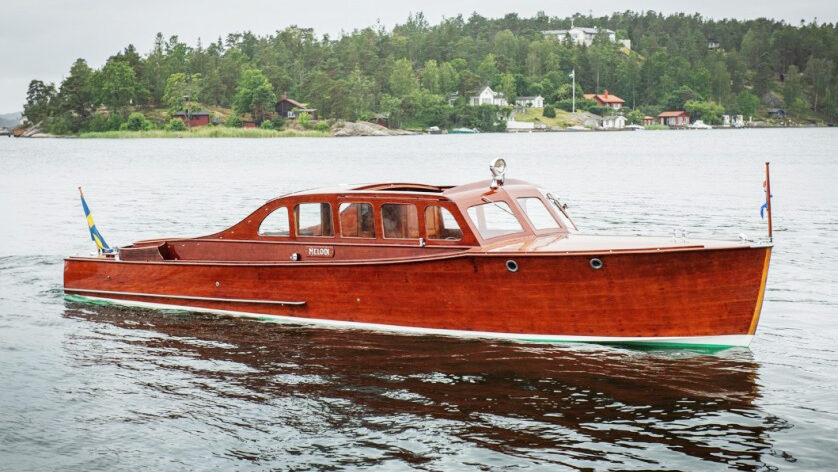Much has been written about the various maritime avenues of escape across the Baltic Sea for the fleeing Estonians in that chaotic and desperately fateful period. These included the larger transport ships that departed from the ports of Tallinn and Pärnu, the numerous coaster sailing freight vessels such as the Helene and the Elli departing from Saaremaa and the Venus departing from Rauma, Finland. And then there were the hundreds of small motorized fishing and row boats – many jammed to capacity, many practically unseaworthy, many encountering attacks from airplanes and patrol boats, and all facing an uncertain sailing destiny. All totalled, it is estimated that approximately 80,000 people left Estonia during the Great Escape – 32,000 from Estonia to Sweden, 7,000 from Finland to Sweden, and another 40,000 made it to Germany.
One of the lesser known but intriguing maritime escape stories involves the role of two Swedish wooden runabout cuddy boats known as the OK 1 and the OK 2 Boats commissioned by the USA’s War Refugee Board through its attachés and Swedish contacts. These two boats made several covert and daring trips from Sweden to Estonia and back from July to September of 1944 and managed to carry over 275 Estonian escapees to Sweden.
Become a subscriber to continue reading!
Every week we bring you news from the community and exclusive columns. We're relying on your support to keep going and invite you to subscribe.
Starting from $2.30 per week.




